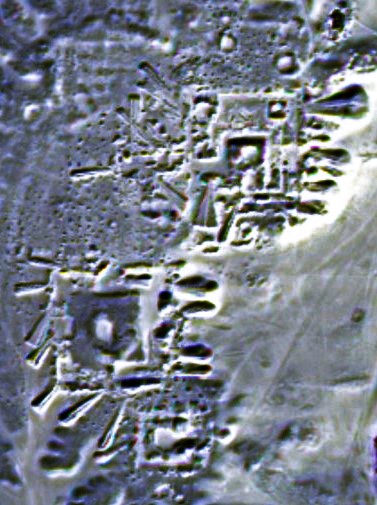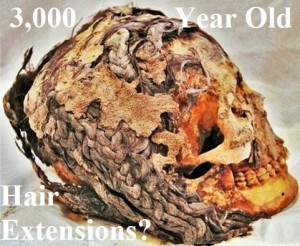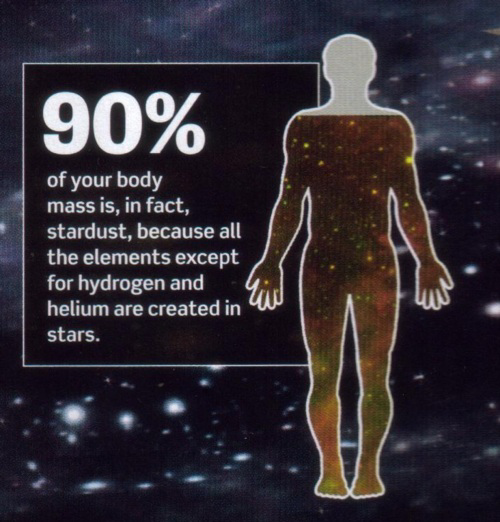By analyzing high-resolution satellite imagery covering all of Egypt, researchers have reportedly discovered up to 17 lost pyramids, nearly 3000 ancient settlements, and 1000 tombs. When Napoleon Bonaparte invaded Egypt in 1798, he brought more than 150 scientists and scholars along with his massive army.

source: mashable
The scholars fanned out across Egypt, describing the country’s natural and cultural history, mapping archaeological sites from Alexandria to Aswan, and bringing places such as the Valley of the Kings to the attention of the scientific world for the first time.
The effort was led by archaeologist Sarah Parcak of the University of Alabama, Birmingham. The team’s work will be highlighted in a BBC documentary airing Monday in the United Kingdom and later on the Discovery Channel in the United States.
source: www.huffingtonpost.com
Parcak began her study 11 years ago, searching for traces of ancient village walls buried under Egypt’s fields and desert sands. Obtaining images from both NASA and QuickBird satellites, she combined and analyzed data from the visible imagery as well as the infrared and thermal parts of the light spectrum.
Through trial and error, she discovered that the most informative images were taken during the relatively wet weeks of late winter. During this period, buried mud-brick walls absorbed more moisture than usual, producing a subtle chemical signature in the overlying soil that showed up in high-resolution, infrared satellite images. These places became “our hot spots, the places that we could end up exploring on foot,” Parcak says.

source: sciencemag
To further test some of the most recent satellite finds, Parcak enlisted the help of a French archaeological team already digging at a 3000-year-old site known as Tanis. The satellite data revealed a warren of mud-brick walls, mazelike streets, and large residences that may have housed the wealthy.
So the French team chose a structure from the images and excavated there. Beneath about 30 centimeters of sediments, they discovered mud-brick walls. “They found an almost 100% correlation between what we see on the imagery and what we see on the ground,” Parcak says. “So this gives a significant amount of credence to what we see in the whole image.”

source: mashable
“You can see the entire city plan under the sands.”
The greatest payoff may become apparent in years to come, adds Lacovara, as the Egyptian government develops a space-based archaeological monitoring system founded on satellite data. “Ancient sites are all over the place in Egypt,” Lacovara concludes. “And there’s just not enough time and money to monitor them on the ground.”
source: Satellite Imagery Uncovers Up to 17 Lost Egyptian Pyramids …
source: NPR.org
Egyptian Pyramids Found With NASA Satellite : Discovery …
Long-Lost Pyramids Found? : Discovery News








 Fascinating movie spans the globe to reveal recent discoveries about water, the most amazing yet least studied substance in the world. Witness as researchers, scientists, philosophers and theologians try to understand this unique liquid and all [...]
Fascinating movie spans the globe to reveal recent discoveries about water, the most amazing yet least studied substance in the world. Witness as researchers, scientists, philosophers and theologians try to understand this unique liquid and all [...] 

























































 Take care of your body, it's the only
Take care of your body, it's the only








































